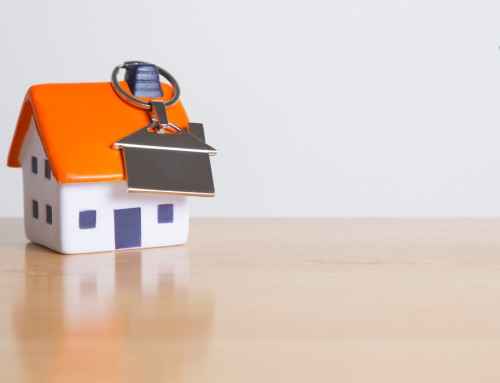In the world of real estate, flipping properties has gained immense popularity as a lucrative investment strategy.
The thrill of buying a run-down property, renovating it, and selling it at a substantial profit is undoubtedly appealing.
However, success in real estate flipping requires a well-thought-out approach and a keen understanding of market dynamics.
In this article, we will delve into the intricacies of real estate flipping strategies, uncovering the secrets to making profitable investments.
The Basics of Real Estate Flipping
Before we dive into the strategies, let’s establish a solid foundation by understanding the basics of real estate flipping.
What is Real Estate Flipping?
Real estate flipping, also known as house flipping, involves the purchase of a property with the intention of reselling it quickly for a profit.
The key to success in flipping lies in buying low, making necessary improvements, and selling high.
Calculating the Costs
One of the fundamental aspects of flipping is cost analysis.
To ensure profitability, it’s crucial to accurately calculate acquisition costs, renovation expenses, and carrying costs.
Flipping Strategies for Success
Now that we’ve covered the fundamentals, let’s explore some proven strategies for successful real estate flipping.
Location, Location, Location
Choosing the right location is paramount.
Research areas with potential for growth and a strong demand for housing.
Budgeting Wisely
Effective budgeting is the backbone of any successful flip.
Allocate funds for renovations, unforeseen expenses, and holding costs.
Renovation Tips
Implement strategic renovations that increase the property’s value.
Focus on kitchens, bathrooms, and curb appeal.
Market Timing
The real estate market is dynamic, and timing plays a critical role in flipping success.
Buying Low in a Buyer’s Market
In a buyer’s market, prices are typically lower, allowing for favorable purchase terms.
Keep an eye on market trends.
Selling High in a Seller’s Market
In a seller’s market, demand exceeds supply, enabling you to sell at a premium.
Timing your sale is essential.

Financing Options
Exploring financing options can help you leverage your investments effectively.
Traditional Mortgage
Consider traditional mortgages for long-term flips, as they offer lower interest rates and longer repayment terms.
Hard Money Loans
For short-term flips, hard money loans provide quick access to capital, albeit at higher interest rates.
Mitigating Risks
Flipping involves inherent risks. Mitigate them to protect your investment.
Building a Network
Establish connections with contractors, real estate agents, and inspectors to navigate challenges effectively.
Contingency Planning
Always have a backup plan in case your initial strategy faces unforeseen hurdles.
Conclusion
In the world of real estate flipping, success doesn’t come by chance.
It requires careful planning, strategic execution, and a thorough understanding of market dynamics.
By following the strategies outlined in this article, you can embark on your real estate flipping journey with confidence.
FAQs
What is the ideal property for flipping?
The ideal property for flipping is one that is priced below market value and requires cosmetic renovations.
How long does a typical flip take?
The duration of a flip varies but is usually completed within six months to a year.
Are there tax implications for flipping properties?
Yes, there are tax implications. Consult with a tax professional to understand your specific situation.
What are some common mistakes to avoid in real estate flipping?

Common mistakes include underestimating renovation costs, overpricing the property, and neglecting due diligence.
Is real estate flipping suitable for beginners?
Real estate flipping can be challenging for beginners. Consider gaining experience through smaller projects before tackling larger flips.
Do I need a real estate license to flip properties?
In most cases, you do not need a real estate license to flip properties. However, it’s essential to check your local regulations, as licensing requirements may vary by location.
What are the key factors to consider when estimating renovation costs?
When estimating renovation costs, consider factors such as the property’s size, the extent of required repairs, material costs, labor costs, and any permit fees that may apply.
How can I find distressed properties to flip?
You can find distressed properties through real estate agents, online listings, foreclosure auctions, and networking within the real estate community. Be sure to conduct thorough research before purchasing.
What is the 70% rule in real estate flipping?
The 70% rule is a guideline that suggests you should not pay more than 70% of a property’s after-repair value (ARV) minus renovation costs. This helps ensure a profitable margin.
What are some tax incentives for real estate flippers?
Tax incentives for real estate flippers may include deductions for renovation expenses, capital gains tax exclusions for primary residences, and 1031 exchanges for deferring capital gains taxes when reinvesting in another property. Consult a tax professional for personalized advice.









Leave A Comment